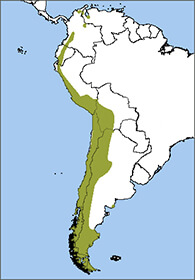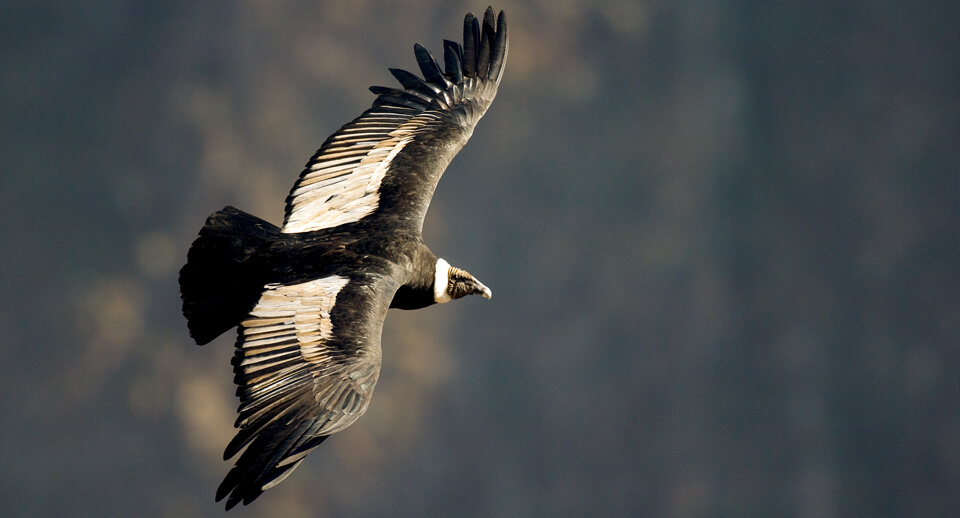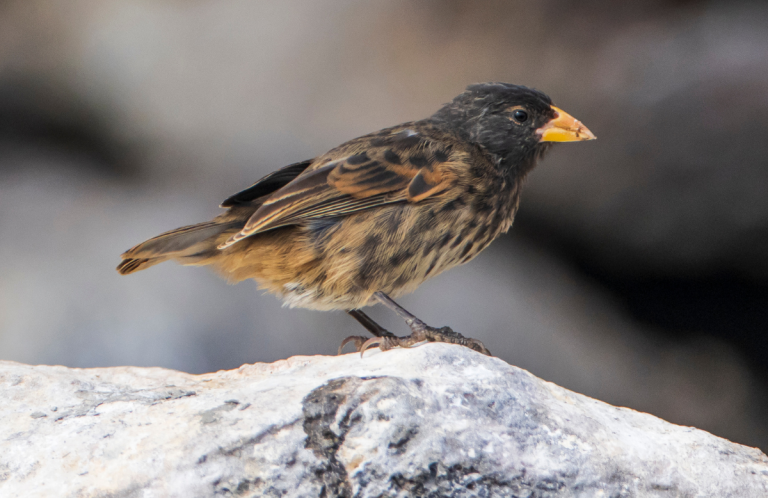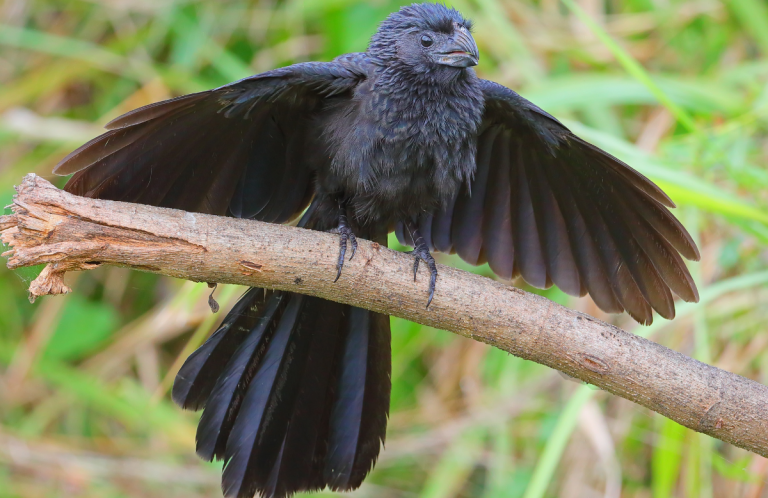 An official symbol of many Andean countries, the Andean Condor is among the heaviest flying birds, weighing up to 33 pounds with a wingspan of up to 10.5 feet. These birds are so large they make their close relative, the California Condor, look like a lightweight.
An official symbol of many Andean countries, the Andean Condor is among the heaviest flying birds, weighing up to 33 pounds with a wingspan of up to 10.5 feet. These birds are so large they make their close relative, the California Condor, look like a lightweight.
Because Andean Condors are so heavy, they prefer areas where they can easily find strong thermal air currents to boost them into the air. Once aloft, they can soar for hours without a wing beat. The birds travel hundreds of miles each day in search of food.
Long-lived Survivors
Unfortunately, this near-threatened species is hunted for sport or by ranchers who mistakenly view the birds as a threat to livestock. Primarily a scavenger, condors can be sickened by consuming animals that have ingested lead or plants laden with pesticides.
Since these birds only reproduce once every two years, their populations are especially sensitive to each individual loss. Birds that escape these threats can live a long time—up to 70 years in captivity.
Sign up for ABC's eNews to learn how you can help protect birds

Andean Condor close-up. Photo by Mircea Bezergheanu/Shutterstock
ABC helped partner organization Fundación Jocotoco acquire a 7,000-acre area in Ecuador, Hacienda Antisanilla, which protects the majority of Andean Condors found in that country and adds to the buffer zone surrounding the Antisana Ecological Reserve.
Andean Condors are also present at other reserves that ABC and our partners have established, including the Red-fronted Macaw Reserve in Bolivia and Vilcanota Reserve Network in Peru.
Inspiration for Art
Andean Condors play an important role in the folklore and mythology of the South American Andean regions and have been represented in Andean art from c. 2500 BCE onward. In Andean mythology, the Andean Condor was associated with the sun deity and was believed to be the ruler of the upper world.
The bird is considered a symbol of power and health in many Andean cultures. People believed that the bones and organs of the Andean Condor possessed medicinal powers, which sometimes has led to the hunting and killing of condors to obtain bones and organs.
A Spirit-lifting Bird
ABC's Benjamin Skolnik understands the power possessed by this bird. “I remember the first time I saw an Andean Condor,” he says. “During a backpacking trip in El Cajas National Park in central Ecuador, I struggled to warm my feet following a river crossing in frigid water. I looked to the sky and saw a pair of condors soaring. They lifted my spirit and helped me on my way.”
Donate to support ABC's conservation mission!




















































